What’s different about the new generation of WiFi7 ?
Wi-Fi networks are one of the main ways to access the internet.
In this article I will tell you how the new generation of Wi-Fi differs from the previous one, when we can use it and who needs it now.
Goals for a new generation
Since the past few decades, Wi-Fi wireless technology has been widely used, and the first generation of products has met the requirements. With the proliferation of routers and the significant increase in the standards for the new generation of Wi-Fi throughput, the problem must be addressed.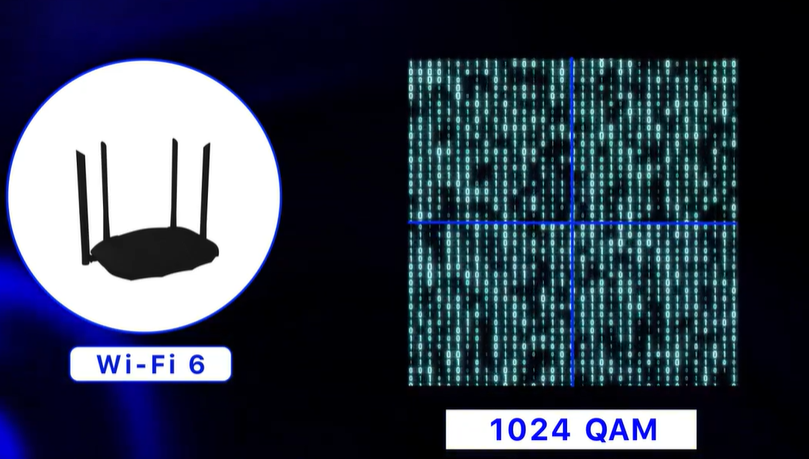
WIFI6 ROUTER
At first, these companies only worked on the coverage area, but later introduced additional frequencies to solve the channel congestion problem. The seventh generation does not solve global problems, only for the speed and functionality of particularly demanding users.
Wi-Fi7 Wireless capability
Early last year, Qualcomm announced the release of seventh-generation Wi-Fi. In September of the same year, Intel showed the operation of the new network together with Broadcom, and in November 2022, the Chinese company TP-Link showed us routers that support the new standard. While previous generations of Wi-Fi 6 and Wi-Fi 6E weren’t released for long (2019 and 2021, respectively), WiFi7 has serious technical advantages, which we’ll discuss next.
Wi-Fi7 Bands and channels
Wi-Fi 7, like the previous generation (Wi-Fi 6E), is capable of operating in 3 bands: 2.4, 5, and 6 GHz. Only if Wi-Fi 6E works separately with each band, the new generation can work with all three bands at the same time. This is necessary for optimal channel selection as well as the coverage/speed ratio. After all, as you know, the shorter the wavelength, the less penetration it has, and therefore the smaller the coverage.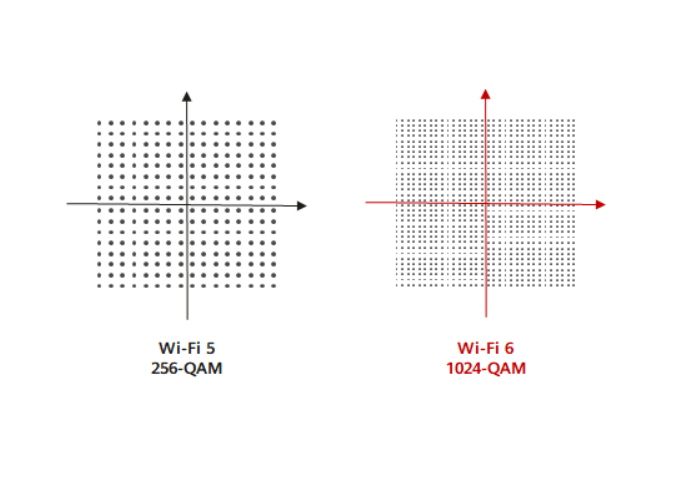
wifi5 vs wifi6-qam
For example, the main advantage of the 2.4 GHz band is the large range – up to 50 meters. With the 5 GHz band, this radius will not exceed 15 meters, but the speed will be much higher without obstacles.
In addition, the problem of interference is solved, since the routers in the apartment building do not interfere with each other’s work. For 6 GHz, the situation is similar – with a radius of 11-13 meters.
As for the channels within each band, Wi-Fi 7 is no different in this regard than the Wi-Fi 7 (6E) before it: 2.4 channels in 13 GHz, 5 GHz with 33 channels and 6 channels with 59 GHz.
But the width of the channel itself has obvious differences, because for the Wi-Fi 6E standard the maximum width is 160MHz, and by the 7th generation this number can reach 320MHz, which means that the router will occupy from 1 to 32 channels at the same time.
This significantly improves the throughput and stability of the network. At the same time, even with a high density of such equipment in apartment buildings, there will be no serious interference, since such short waves will not “end” at all to another apartment.
Also noteworthy is the amount of work throughout the 6 GHz band.
If 5 GHz is divided into 2 blocks due to the active use of other equipment on these frequencies, such as radars, towers and other things, then the 5925 – 7125 MHz range is completely free and free from interference from third parties.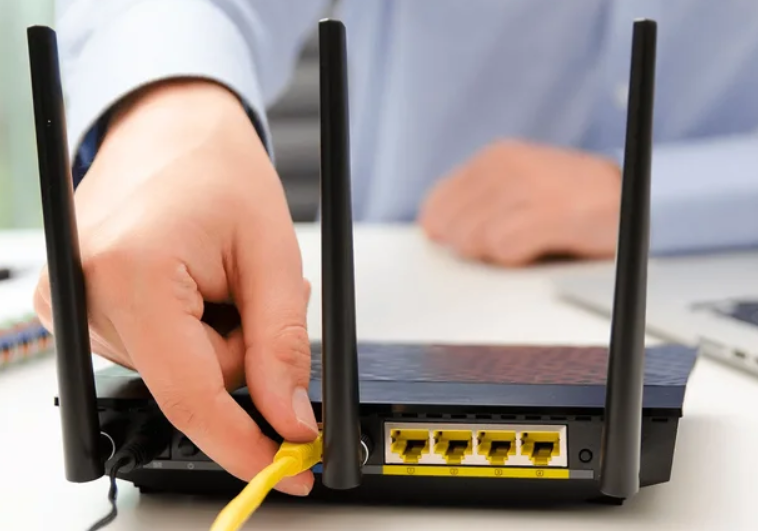
2023 WiFi7 technology
WiFi7 thread count can
Wi-Fi 7 also differs significantly in the number of streams processed. It uses the MU-MIMO 16×16 standard, which is 16 spatial streams instead of 8 spatial streams on Wi-Fi 6E. What is it for? This is necessary to maintain the stability and speed of the connection when using a large number of devices – 1 stream per 1 gadget. This option is unlikely to be so useful for home use, but it is useful for commercial or corporate use.
Maximum speed
Wi-Fi 7’s maximum data transfer rate has increased significantly compared to Wi-Fi 6E – a 479% increase or 46 Gb/s from the previous 9.6 Gb/s.
What is WiFi7
The parameters are more subjective, because the country will certainly not be used to simply surf the Internet. What, even the 5Gb/s ceiling of Wi-Fi 5, we’re still far away.
However, this speed is accompanied by a decrease in signal strength during wireless transmission. But even so, during the WiFi7 demo, Intel and Broadcom achieved speeds of up to 5 Gb/s.
The problem is also that the provider’s input transfer rate is too low. First, the standard fiber transmission currently used for telecommunications does not exceed 10 Gb/s. Secondly, you simply cannot find a suitable tariff from a supplier. You can only increase the speed at personal request, but this will not even be close to a tenth of the maximum speed.
Why do we need these 46 Gbps? Coupled with a new generation of multi-threaded models, and taking into account the loss of wireless connections, such a network will be suitable for commercial places, high-traffic public places, and offices.
It’s also great for creating local networks where you need to quickly transfer in one space without unnecessary wires and equipment.
Wi-Fi 7-enabled routers are also useful for using AR and VR headsets that are experiencing resolution compression issues due to insufficient transfer speeds.
What is WiFi 7 – Who needs WiFi 7
While WiFi7 routers are on sale soon, none of the devices yet support this format (although, according to the company, the Xiaomi Mi 13 series will get WiFi7 support in the next update).
The flagship smartphone just switched to Wi-Fi 6E. Moreover, the cost of such routers starts from 40 thousand rubles.
At the moment, all their effectiveness is reflected in the stability of the connection, the large number of devices served and the bandwidth as a local network.
For ordinary users, even Wi-Fi 6 is a bit overwhelming now, and I definitely won’t wait until WiFi7 can be said to be popularized in daily life in the next few years.




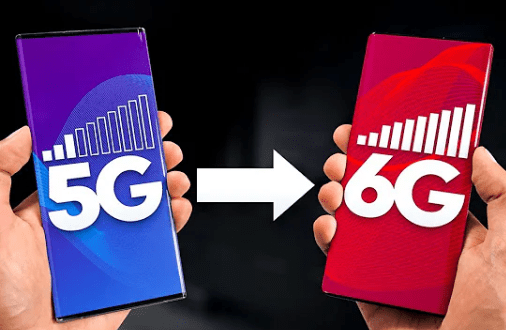





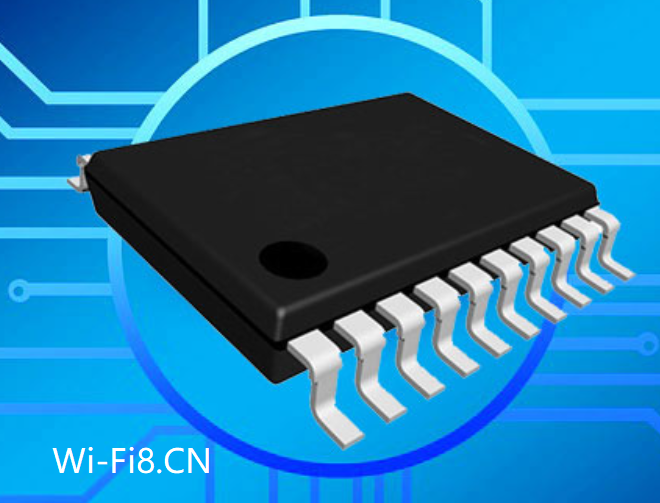


When will WiFi7 be available?
WiFi7 will be officially released between November 2023 and May 2024.
1. According to the latest announcement of MediaTek, they will demonstrate the effect of wifi7 at CES2022 next year.
2. Regardless of the impact of the current epidemic, CES 2022 will be held from January 3 to January 8, 2022.
3. In other words, users will be able to understand the specific network performance of wifi7 at the beginning of next year.